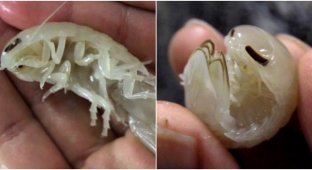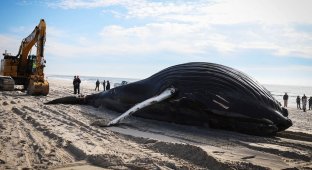The smallest and most lonely baleen whale that disappeared into the depths of the Southern Ocean (7 photos)
Somewhere out there, at the edge of the earth, lives the smallest and loneliest whale on the planet. Is this the beginning of a sad fairy tale? No, it's a sad reality for the pygmy right whale. All of its relatives disappeared from the face of the planet 2 million years ago. And its comrades are locked in the waters of the only bay in the world! 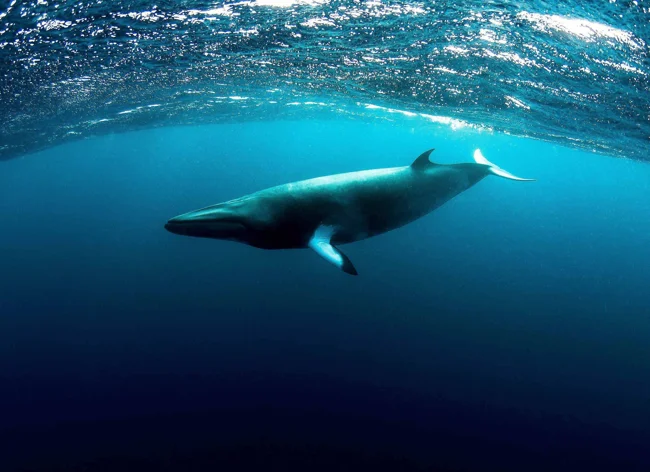
Is there an even lonelier creature on the planet?
Scientists could not determine for a long time what family this whale belongs to. The answer, in fact, was obvious, but it was very difficult to believe it. It was only by 2012 that a critical mass of comparative anatomical and genetic data was collected that could convince the scientific community. The pygmy right whale was officially included in the family of cetotheres. 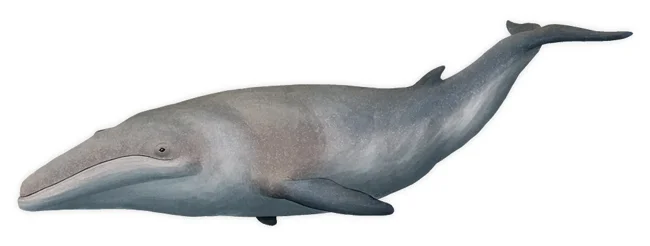
The ancient cetotheres were not impressive in size either. 8 meters is their limit.
To do this, however, the family had to be resurrected. The golden age of cetotheres ended in the Oligocene, about 25 million years ago. And the trace of their fossil remains ended 2 million years ago, long before the appearance of modern humans. But pygmy whales still plow the waters of the Southern Ocean. 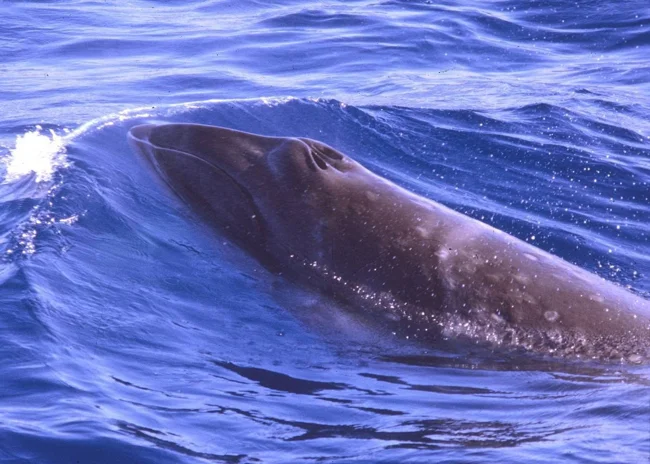
I found out that I have a huge family! Too bad it's all dead...
Why didn't they die out along with their relatives? Probably, the whales' death simply couldn't find them, these whales are too small. Or rather, the smallest baleen whales on the planet! The length of an adult dwarf is "only" 4-5 meters, and its weight is even less than that of an African elephant - up to 4 tons. Their babies are completely microscopic: the height of a person and weighing a couple of hundred kilograms. For comparison: a newborn blue whale calf is 6-8 meters long and weighs 2-3.5 tons. And an adult blue whale will swallow a pygmy whale and not notice! 
This is a comparison of a blue whale and a pygmy whale.
We know very little about the life of right pygmy whales, because they are not only small, but also incredibly secretive. The animals stay at depth, do not jump out of the water, do not slap it with their tail, do not let out huge fountains from their nostrils. And they also usually stay alone. By 2008, there were only 25 documented sightings of these animals. 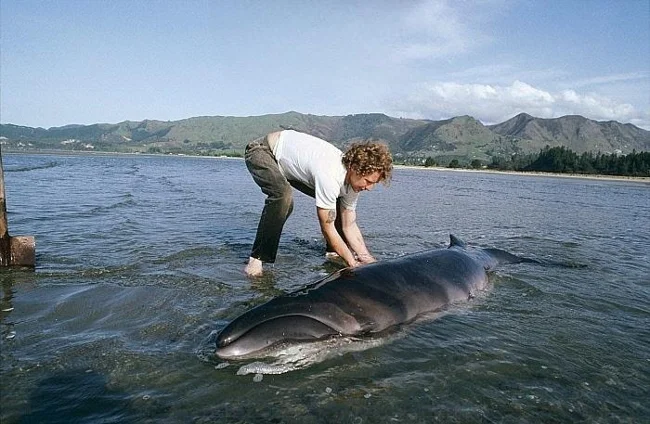
These whales are so hard to find in the ocean that most of the photos were taken of beached animals.
There were so few sightings that for a long time scientists did not even know where exactly the whale lived! Their bodies were found on the shores of Chile, Tierra del Fuego, in southern Africa, in Australia. The animal did not swim beyond the southern waters. But it turned out that there is a population of pygmy whales that does not migrate at all. It lives in the Great Australian Bight. There and only there! This is surprising for whales: all sea giants plow the world's waters in an eternal search for krill. In one day, large species eat up to 16 tons of plankton! But not our little one. 
Don't be upset, whale. The main thing is not the size, but the ability to survive!
Whisker samples collected from 1968 to 2019 showed that the animals fed on plankton, which is found only in Australian waters. This proved that whales near Australia do not migrate, but remain in one place: from the extreme southwestern tip of the continent to the island of Tasmania in the east. 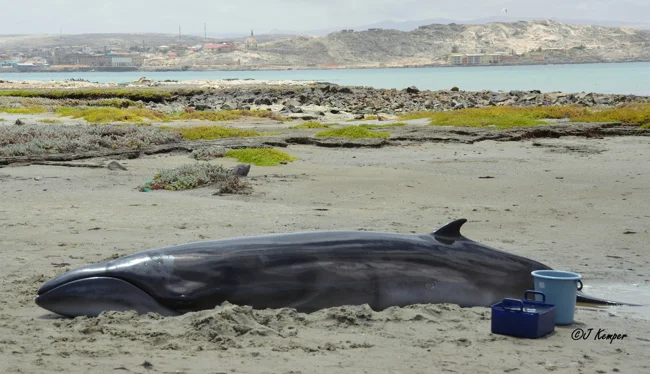
The beach is beautiful, the situation is not so.
The secretive nature and tiny size are most likely the reason why the species has survived to this day. After all, it was almost never hunted! In the 20th century, during the heyday of whaling, no one paid attention to the baby. It was difficult to track it down, and there was much larger prey in the world's waters. But here's the problem: modern researchers who monitor whales exclusively with good intentions are faced with the same problem as whalers. Finding and studying micro-giants is very difficult! And this means that we have yet to uncover the secrets of the loneliest whale on the planet.













